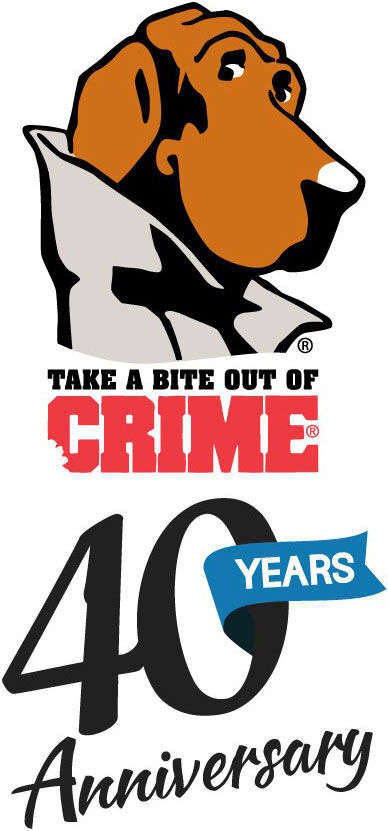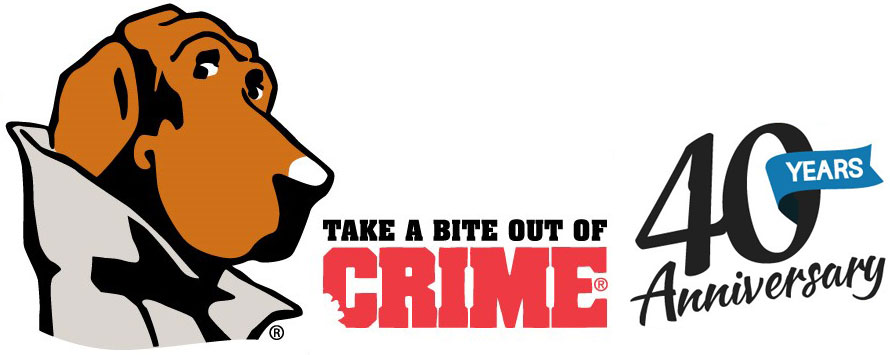Buyer Beware!
One headline about the scourge of fake consumer goods read The Fake and the Fatal. Fake consumer goods do a lot of harm. While some offer purchasers lower prices than they might pay for an original, the counterfeit goods are usually of poor quality. They unfairly compete with the originals, too, causing losses in revenue; cost people their jobs when sales of the originals are diminished by unfair competition; undermine economic growth; tarnish the reputation of the original brand; and have the potential for causing sickness, injury, and even death.
The sale of fake consumer goods also breeds crime. Because knockoffs are produced so cheaply, the profit margin is high, attracting criminals and organized crime groups who provide consumer goods at the wholesale level to vendors, discount stores, and even higher-end merchants who then sell them to the public. These criminals, gangs in particular, then use the profits to fund other criminal activities, which in turn damage lives and destroy neighborhoods.
The taxpayer is hurt, too. Tax revenue that could go to schools, parks and municipal employees like firefighters and law enforcement officers is lost because the manufacturer—and the seller and the buyer—don’t pay taxes. There is even the loss of income tax revenue from the people who lose their jobs at legitimate manufacturing plants.
Just about anything can be counterfeited and just about anything is. While everyone is familiar with the knockoffs of handbags, apparel, and CDs and DVDs that are available from street vendors in any major city, what many people don’t know is that auto parts and even parts for airplanes and spacecraft have been counterfeited. Most are imported from countries where labor is cheap. Real danger occurs when products like baby formula and soap are counterfeited. Even birth control pills have been counterfeited.
The U.S. Chamber of Commerce estimates the value of pirated consumer goods and knockoffs at $650 billion a year, a staggering sum. And more than 750,000 U.S. jobs are lost because of the trade in counterfeit consumer goods each year.
Even though government agencies such as the FBI and the U.S. Department of Justice are hot on the trail of many counterfeiters, they have trouble keeping up with the sheer volume of fake, imported consumer goods, most of which come from overseas, particularly from China and other Southeast Asian countries. China accounts for 79% of all knockoffs that are imported into the United States. In 2009, the Customs and Border Protection Agency of Immigration and Customs Enforcement, Department of Homeland Security, made 14,841 seizures of counterfeit goods, straining resources but putting a dent in the supply of illegal goods.
Some of the most prevalent fake products are auto parts. These fake products range from decorative items like grilles and hubcaps to critical safety components—including brakes. Not only do these fake goods compete unfairly with the originals they mimic, but they pose danger to drivers. According to one car manufacturing company executive, fake car parts cost the U.S. auto industry $12 billion a year.
Fake electrical goods also pose a threat to U.S. consumers. They include inferior batteries, wires, sockets, circuit breakers, timers, fuses, and lights. These counterfeits are usually of inferior quality and pose the risk of fire and failure of the product—if not whole electrical systems.
Other fake goods include the obvious: Footwear valued at a stunning $100 million in value was seized by border and customs officials in 2009. Ninety-eight percent of this footwear came from China. Consumer electronic products—cell phones, cameras, music players, even computers—valued at more than $38 million were also seized that year. Handbags, wallets, and backpacks rounded out the Top Three list of fake imported goods with a value of more than $21.5 million. And these are just the products that were caught. Other commonly faked consumer goods include clothes, watches, jewelry, and toys—whose shoddy construction and finishes may make them a danger to infants and children.
The owners of copyrights, trademarks, and patents can take legal action against counterfeiters—when they know who they are—but that is an expensive option. Individual owners need to protect their rights, though, and should always secure their legal rights by
- Copyrighting their creative products
- Applying for patents
- Registering their trademarks
- Putting proof of ownership on the product
Contractors should always
- Thoroughly inspect the goods they purchase and use
- Look for copyright, patent, and trademark information
- Look for a recognizable logo that is precisely rendered
A trained eye will frequently detect a fake. An inspection can go a long way toward eliminating a product from the counterfeit supply chain.
Individual consumers should also be savvy when purchasing goods, especially when the prices are steeply discounted. They will be protecting themselves from purchasing a shoddy product that may also be unsafe. They can
- Examine the product carefully for signs of bad construction or design
- Look closely at the logo
- Try the product out, especially if it is an electronic good
- Ask where the product came from
- Ask who the seller is sharing the profit with
- Ask about any warranty or guarantee
Crime prevention professionals can help mitigate the sale of fake consumer goods by providing education about the dangers of these products at schools and community group meetings.
The dangers posed by the sale of fake consumer goods are well documented. In the long run, the low price for a cheaply made good may end up costing more in the long run when it needs to be replaced. Not only do consumers risk being ripped off when they aren’t sure of the quality or source of the goods they are purchasing, but they may unknowingly be encouraging the spread of gangs and organized crime.


